A charming read about quirky and rare Canadian built cars from our friends at Hagerty–
Less than a week ago, we all celebrated Canada Day, aka Fête du Canada, the anniversary of Canadian Confederation that occurred on July 1, 1867. It’s a day to “reflect on what it means to be Canadian, to share what makes us proud,” and it “highlights the richness of our land, our diversity, our culture, our contributions, but above all, our people,” according to our government’s official website. It’s a glorious day for Canada, and though we are a little tardy on the dateline, we’re looking at some of the popular classic vehicles to come from the Great White North, and how much they’re worth in today’s market.
Starting in the early twentieth century, the big Detroit automakers south of the border built factories in Canada to sell to Canadians, rather than ship U.S.-built vehicles north.
This was because of tariffs between the two countries, and while many Canadian-built Ford, GM and Chrysler products were similar to the ones driven by Americans, others were rather uniquely Canadian. There were Meteors (Ford), McLaughlin Buicks, Fargo (Dodge) trucks, and Plymouths trimmed out as Dodges, and Acadians and Beaumonts (both GM). After the Canada-United States Automotive Products Agreement in 1965, though, cross-border trade loosened up. The specifically Canadian models and marques gradually disappeared, although promising independents like the Bricklin SV-1 or Manic GT continued to pop up. Today they’re all interesting, somewhat obscure classics. Below are the Canadian vehicles we most often see on the market.
1960 Frontenac

When Ford introduced its compact Falcon in 1960, Ford Canada brought out an all-new marque to bring the compact party up north. They called it the Frontenac, short for a 17th-century Governor General of New France (I guess Louis de Buade, Comte de Frontenac et de Palluau was too long to fit on a badge) and built it in Oakville, Ontario. Frontenacs were essentially a mildly restyled Falcon, and were available in two- and four-door sedan body styles as well as two- and four-door wagons. All were powered by the 144-cubic inch Thriftpower straight-six. Ford Canada sold over 9500 Frontenacs for 1960 but discontinued the brand after only one year, replacing it with the Comet for 1961.
Frontenac prices differ by body style, ranging from $13,100 (CAD 17,900) for a four-door wagon at the bottom to $23,000 (CAD 31,400) for a two-door wagon at the top.
1948–52 Mercury M-Series Pickups

To American eyes, pickup trucks with a Mercury badge seem a little Twilight Zone, like a budget city car sporting a Rolls-Royce grille or Kia making a mid-engine exotic. But from the postwar years up until the late 1960s, Mercury M-Series pickups were a very real thing for Canadian buyers.
At the time, many parts of the country didn’t have a Lincoln/Mercury dealership and a Ford dealership, so the Mercury M-Series gave truck-buying customers an option even if there was no Ford store around. The first-generation 1948-52 M-Series followed the same format as the first-generation Ford F-Series. Mercury M-Series trucks came in most of the configurations available on the Ford versions down south, but with fewer engine options. Currently, we only have the 1/2-ton, 239-cid eight-cylinder M-Series in the Hagerty Price Guide, and their #2 values range from $44,600 (CAD 60,900) for the earlier 1948-50 M-47 to $40,800 (CAD 55,700) for the 1951-52 M-1 model. Condition #3 values currently sit in the mid-$20K (CAD 27,300) range.
1968–69 Beaumont

Of all the special Canadian market versions of Big Three vehicles, General Motors’ Acadian and Beaumont lines were arguably the most distinctive.
In 1962 GM launched Acadian, referring to the 17th- and 18th-century French settlers of eastern Canada, as its own brand. Its first model was based on the Chevy II/Nova compact but with different grille and trim, and different models included the mid-tier Acadian Invader and the range-topping Acadian Beaumont. In 1964 when the mid-size Chevelle came out, then Acadian added a Chevelle-based model to the lineup, recycling the Beaumont name. Then, in 1966, Beaumont became its own brand. When the second-generation Chevelle arrived for 1968, Beaumont followed suit. This was short-lived, however, as GM Canada axed the Beaumont brand after 1969 in favor of the Americanized Chevelle and Pontiac LeMans.
Built in Ontario and sold at Pontiac/Buick dealers, the 1968-69 Beaumont looks like a Chevelle with a few scoops of Pontiac mixed in, and generally followed the Chevelle in terms of trim and powertrains, which included 283, 307, 327, 350 and 396 cid engines as well as three- and four-speed manuals or Powerglide and Turbo Hydramatic automatics. Equivalent to Chevrolet’s Super Sport (SS) trim on the Chevelle was Beaumont’s Sport Deluxe (SD).
The average condition #2 value for a 1968-69 Beaumont is $24,200 (CAD 33,000) but, like their Chevrolet-badged cross-border cousins, prices vary widely depending on drivetrain and body style. The cheapest V-8 model in the Hagerty Price Guide is the 1968 307/200 hp sedan with a #2 value of $9600, while the most expensive is the extremely rare 396/350 hp L34-powered convertible with a #2 value of $81,800 (CAD 111,700).
1974–75 Bricklin SV-1

Seven years before John DeLorean came out with his own ambitious but under-powered, ill-fated gullwing sports car, Malcolm Bricklin built one in New Brunswick, Canada. Bricklin, the serial automotive entrepreneur who brought Subaru to North America, imported Fiat sports cars under the Bertone and Pininfarina brands and was the man behind the Yugo, envisioned a small and reasonably priced sports car with gullwing doors when planning his next business venture in the early 1970s. As the concept developed, Bricklin snagged a few million dollars in funding from the government of New Brunswick and set up two facilities in Saint John and Minto. The company officially unveiled the production version of the Bricklin SV-1 at the Four Seasons in New York in 1974.
By its looks, one might think that SV-1 stands for “Sports Velocity-1” or something wild like that, but it actually stands for “Safety Vehicle”.
The frame of the Bricklin includes an integrated roll cage, and each bumper is designed to absorb 5-mph impacts, both forward-thinking steps at the time. The bodywork is color-impregnated (five shades available) acrylic resin bonded to fiberglass, and the famous doors raise via hydraulic cylinders in about 12 seconds.
When Bricklin went looking for a parts bin to raid, it settled on AMC, so the SV-1 borrows its suspension from the Hornet, and early SV-1s have AMC’s 360-cubic inch four-barrel V-8. Later ones got Ford’s two-barrel 351 Windsor. Most SV-1s got a three-speed automatic, but a few buyers selected a Borg-Warner four-speed manual. In the end, Bricklin suffered the same fate as a lot of upstart carmakers, including the later DeLorean, minus the sting operation and tired Back to the Future redemption arc. There were quality control problems and supplier hold-ups, while a ballooning price and Malaise Era V-8 performance in a nearly 3500-pound car made the SV-1 difficult to sell. Only about 3000 were built.
1974-75 Bricklin SV-1, condition #2 (“excellent”) values
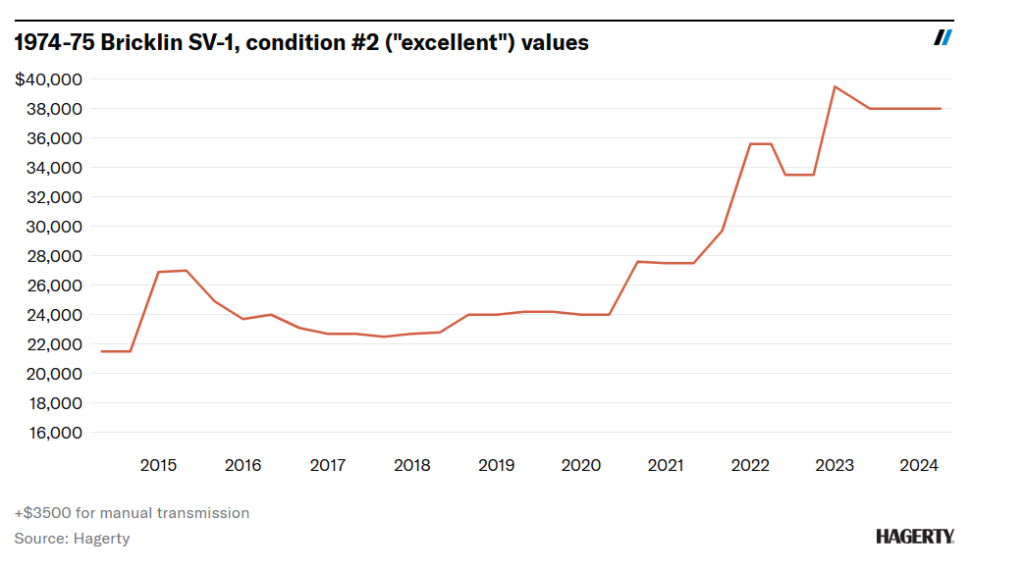
Canada’s sports car has never been particularly expensive, but some strong sales for clean cars have seen prices surge surprisingly to a current median condition #2 value of $38,000 (CAD 51,900).
The current #3 value sits at $23,000 (CAD 31,400) and the #4 value at $9,000 (CAD 12,300). The later Ford-powered cars would theoretically be easier to service, but the 351 was rated with lower grunt than the AMC 360 (175 hp vs. 220), so the two carry similar values. Add a few grand for the four-speed.
Hagerty maintains a Canadian version of our popular online valuation tool, complete with prices shown in Canadian dollars. It can be accessed here.

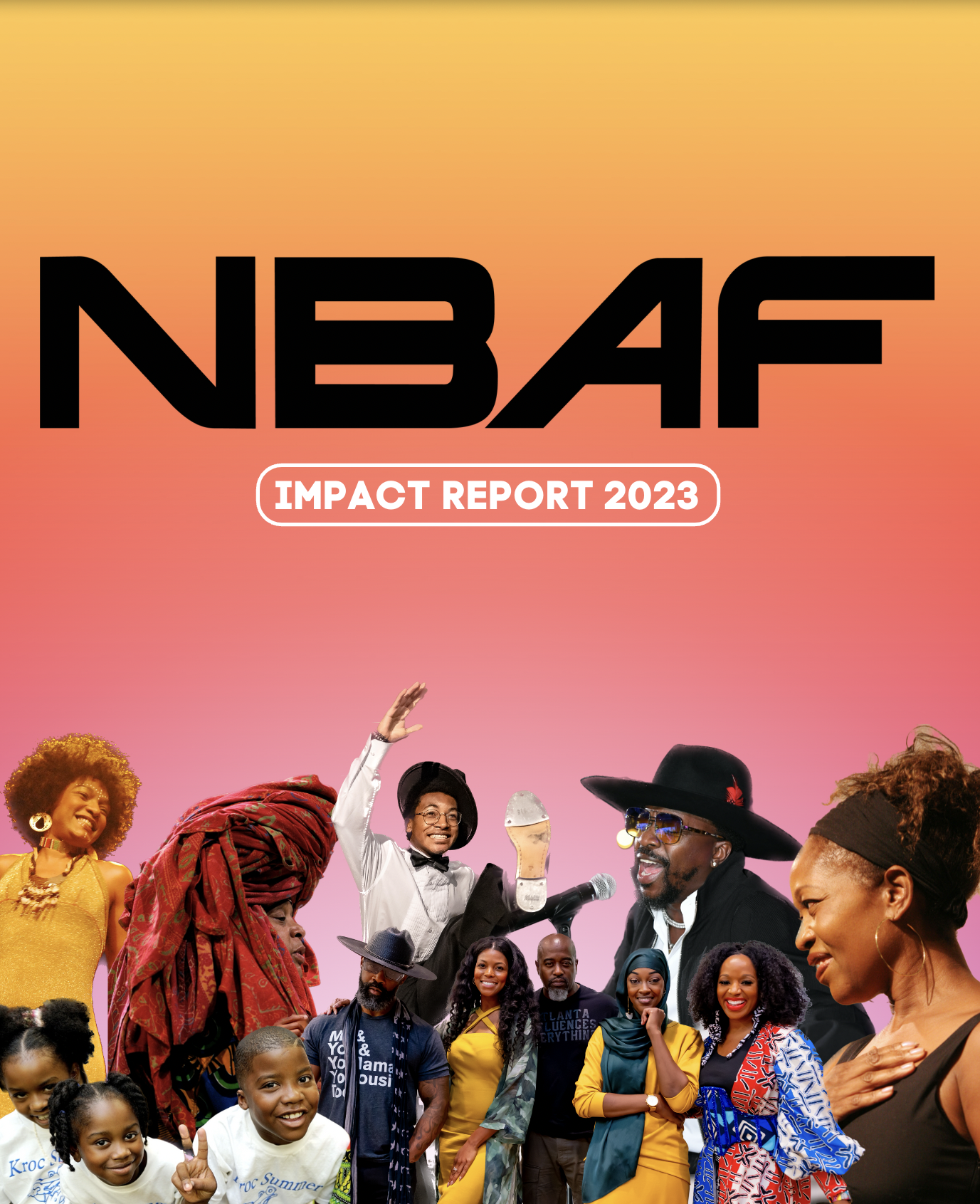





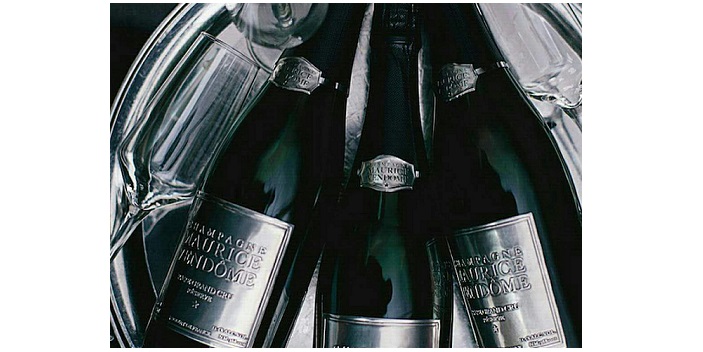
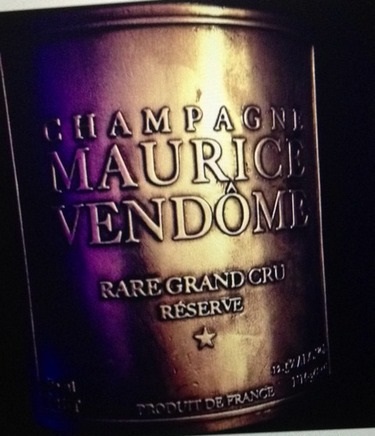 Miami, FL, – Ultra-luxury wine and spirits purveyor
Miami, FL, – Ultra-luxury wine and spirits purveyor 
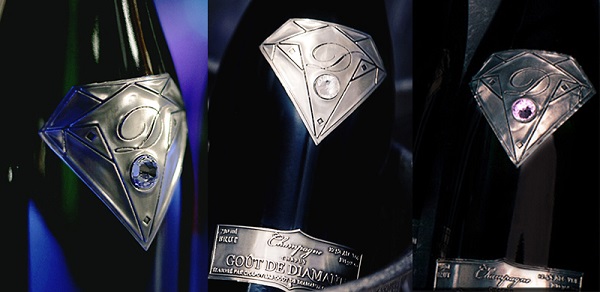


















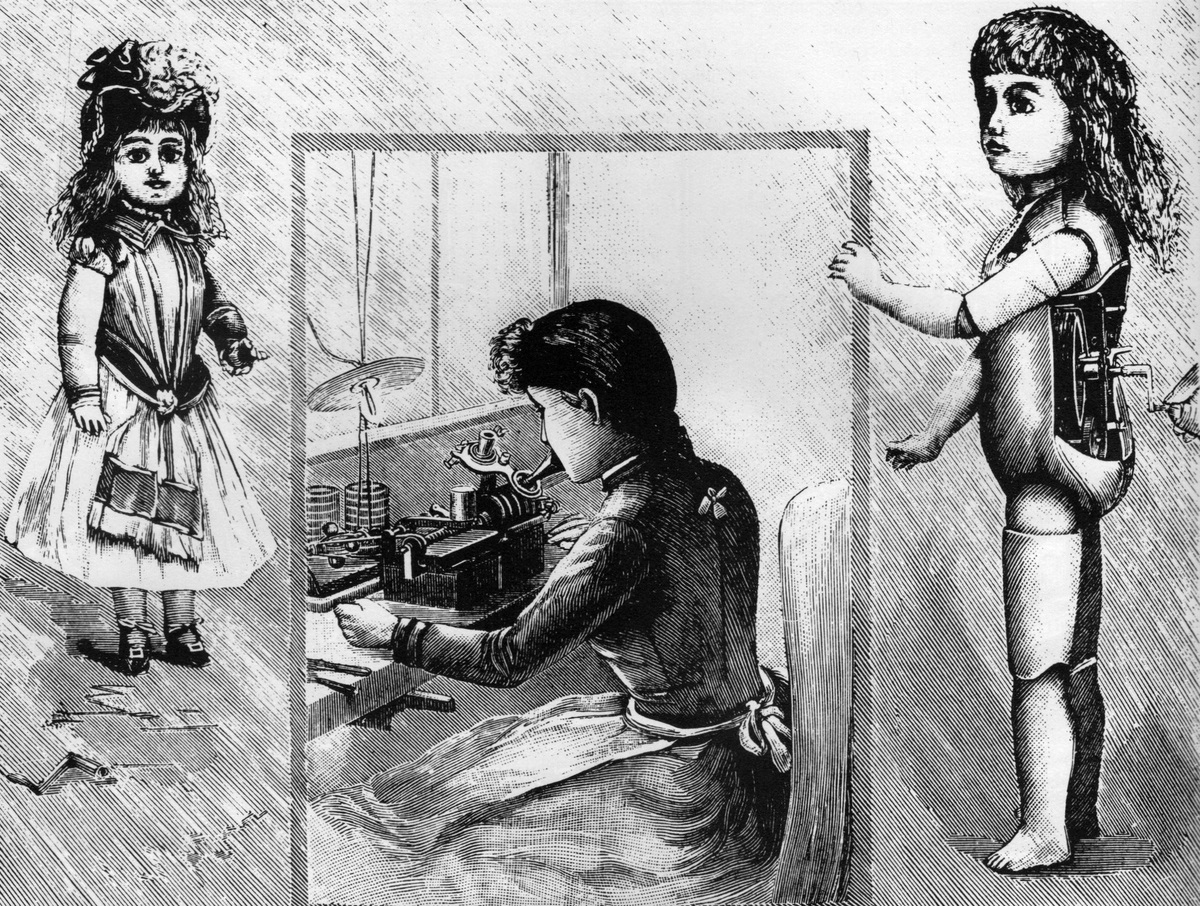





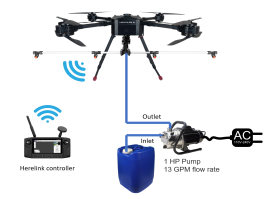
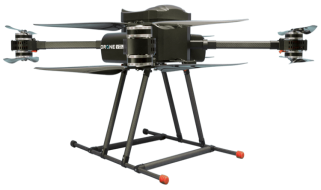




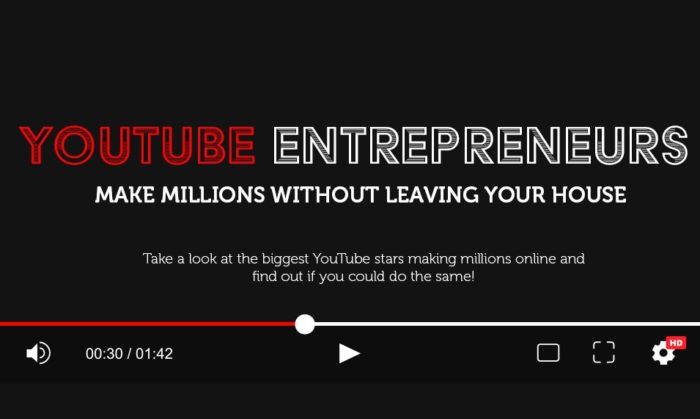





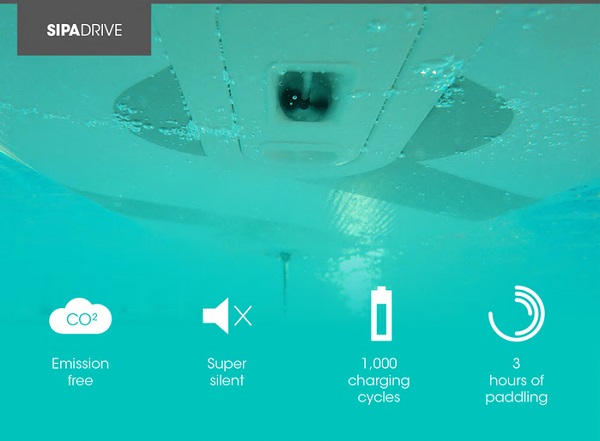





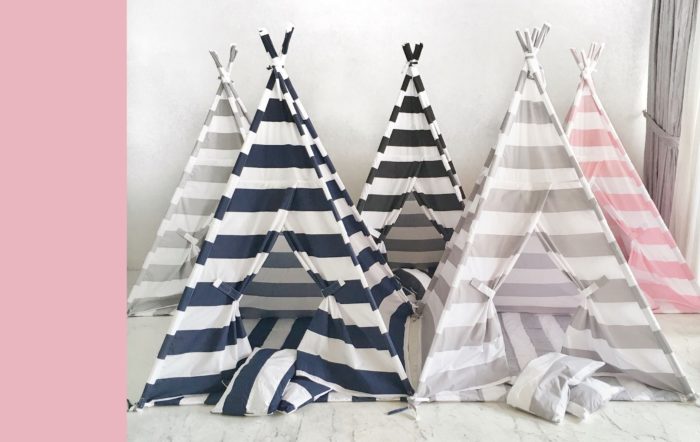
 Launched by Sarah Jagger in 2014, Domestic Objects has built a solid reputation in Canada, the U.S.A. and abroad for handmade, customizable play tents designed to stimulate a child’s natural curiosity and sense of play.
Launched by Sarah Jagger in 2014, Domestic Objects has built a solid reputation in Canada, the U.S.A. and abroad for handmade, customizable play tents designed to stimulate a child’s natural curiosity and sense of play. A
A 
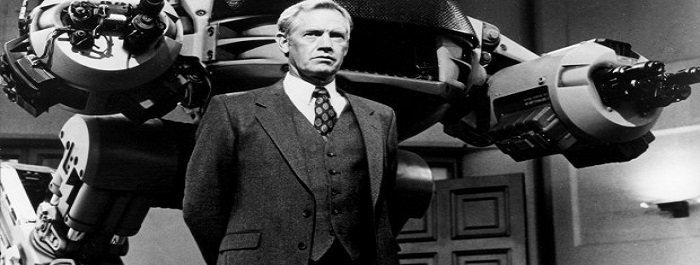
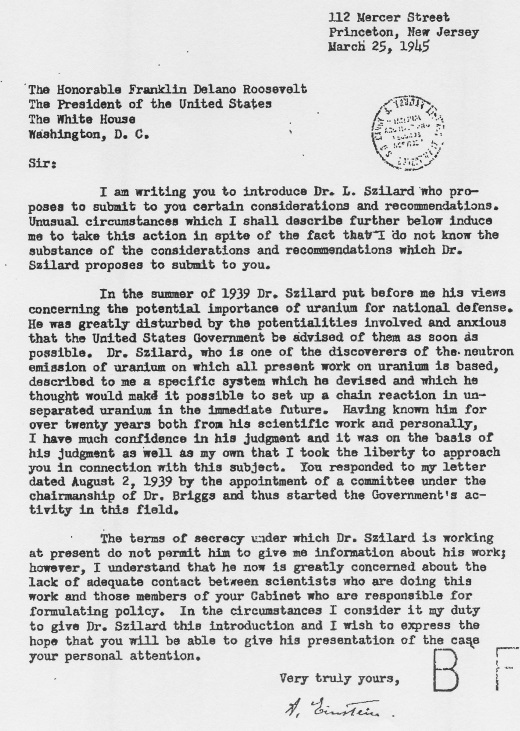

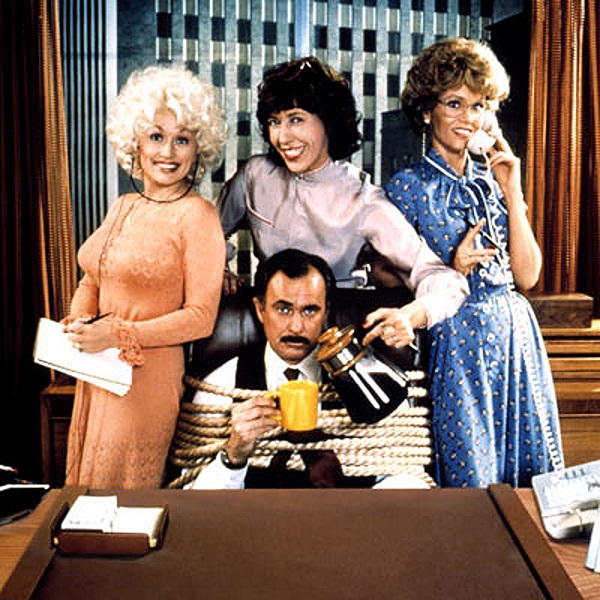

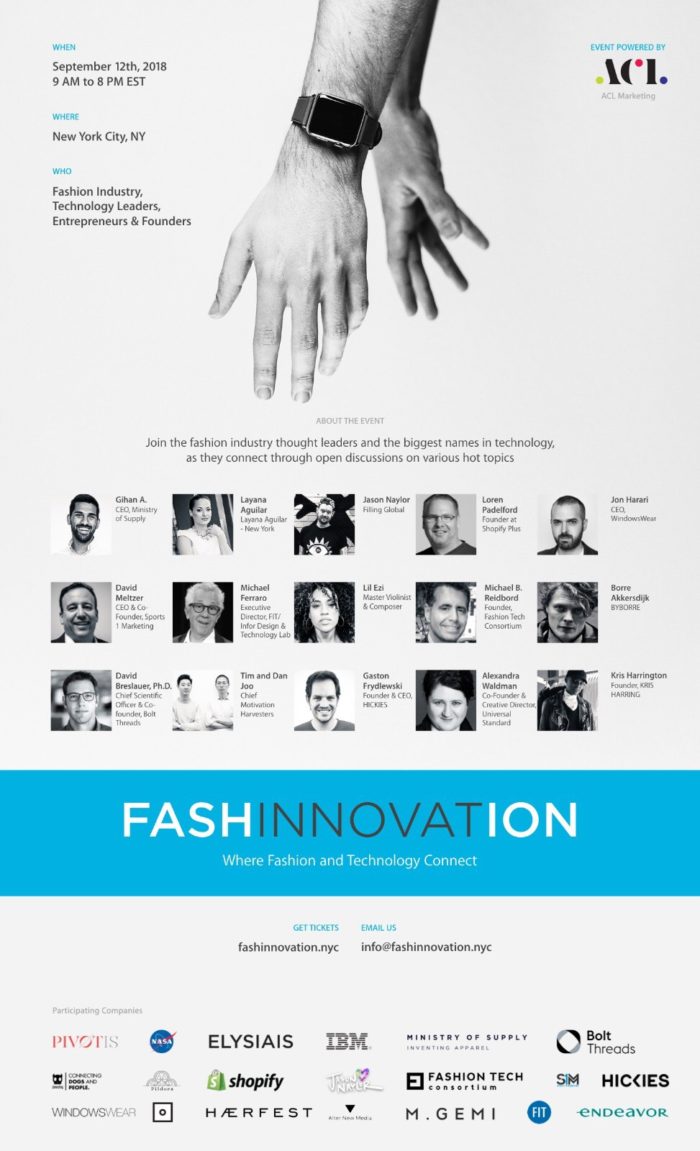





 “Digital Serbia” has been established as an association, bringing leading technology, IT and telecommunication companies together to drive digital innovation for Serbia and for its people. The Steering Committee of “Digital Serbia” will be made up of representatives of the founding companies. The Committee will be headed by Branko Milutinović, CEO and co-founder of Nordeus.
“Digital Serbia” has been established as an association, bringing leading technology, IT and telecommunication companies together to drive digital innovation for Serbia and for its people. The Steering Committee of “Digital Serbia” will be made up of representatives of the founding companies. The Committee will be headed by Branko Milutinović, CEO and co-founder of Nordeus. Jelena Drakulić-Petrović, General Manager of Ringier Axel Springer Serbia and founder and initiator of the Digital Serbia Initiative: “Technological development brings unprecedented change at a high speed. Innovation in business and education helps to increase productivity. It allows for new solutions in the development of products and services. As a media company, we believe in the importance of enhancing digital innovative strength in Serbia, as this will be the driver that helps to create new jobs and grow our business. With “Digital Serbia”, we are seeking to unlock the vast potential we envisage for the Serbian economy and its people.”
Jelena Drakulić-Petrović, General Manager of Ringier Axel Springer Serbia and founder and initiator of the Digital Serbia Initiative: “Technological development brings unprecedented change at a high speed. Innovation in business and education helps to increase productivity. It allows for new solutions in the development of products and services. As a media company, we believe in the importance of enhancing digital innovative strength in Serbia, as this will be the driver that helps to create new jobs and grow our business. With “Digital Serbia”, we are seeking to unlock the vast potential we envisage for the Serbian economy and its people.”


 Asa’s own personal journey to find peace and self-acceptance helped her marry her artistic side with her business acumen and led her to launch a highly successful kaftan business, create a line of jewelry for Home Shopping Network and, of course, the television show. GOLDEN will help readers find their own power with inspirational quotes, stories and photos from her childhood to illustrate the impact her rituals can have. Whether you choose to focus on one ritual separately or all of them at once, GOLDEN can guide you to a state of glamorous, gorgeous mindfulness and a chance to live the life of your dreams.
Asa’s own personal journey to find peace and self-acceptance helped her marry her artistic side with her business acumen and led her to launch a highly successful kaftan business, create a line of jewelry for Home Shopping Network and, of course, the television show. GOLDEN will help readers find their own power with inspirational quotes, stories and photos from her childhood to illustrate the impact her rituals can have. Whether you choose to focus on one ritual separately or all of them at once, GOLDEN can guide you to a state of glamorous, gorgeous mindfulness and a chance to live the life of your dreams.

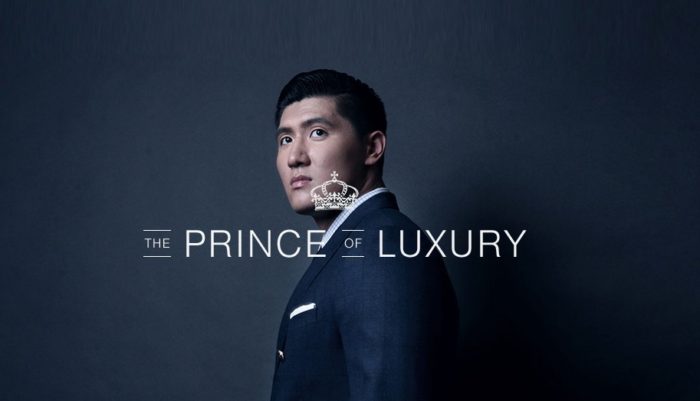



 Travelers are increasingly seeking exclusive and regionally-authentic itineraries that cater to small groups. Tour companies like Fort Washington, Pennsylvania-based
Travelers are increasingly seeking exclusive and regionally-authentic itineraries that cater to small groups. Tour companies like Fort Washington, Pennsylvania-based  According to luxury travel agent Sandy Webb who books elite vacations all over the world “private villa residences offering first class, one-of-a-kind services are ushering in an entirely new era of bespoke hospitality around the globe. They are, in fact, single handedly setting a new and decidedly elevated standard for luxe travel worldwide.”
According to luxury travel agent Sandy Webb who books elite vacations all over the world “private villa residences offering first class, one-of-a-kind services are ushering in an entirely new era of bespoke hospitality around the globe. They are, in fact, single handedly setting a new and decidedly elevated standard for luxe travel worldwide.” According to Sergey Petrossov, founder and CEO of
According to Sergey Petrossov, founder and CEO of  Artificial Intelligence (AI) is another tech trend that will continue to evolve at a rapid pace. According to
Artificial Intelligence (AI) is another tech trend that will continue to evolve at a rapid pace. According to  Travel is tough enough in the best of circumstances and is all-too-often replete with challenges. From crowded freeways, overbooked flights, Wi-Fi downtime and generally not having necessary items at hand, getting from point A to point B can be fraught with more than its fair share of frustrations. Not surprisingly, technologists have responded with problem-solving gadgets and gear that exemplify tremendous innovation and ingenuity both in concept and execution. One glowing example of this is the
Travel is tough enough in the best of circumstances and is all-too-often replete with challenges. From crowded freeways, overbooked flights, Wi-Fi downtime and generally not having necessary items at hand, getting from point A to point B can be fraught with more than its fair share of frustrations. Not surprisingly, technologists have responded with problem-solving gadgets and gear that exemplify tremendous innovation and ingenuity both in concept and execution. One glowing example of this is the  About the author: Branding, business and entrepreneurship success pundit, Merilee Kern, MBA, is an influential media voice and lauded communications strategist. As the Executive Editor and Producer of “The Luxe List International News Syndicate,” she’s a revered consumer product trends expert and travel industry voice of authority who spotlights noteworthy marketplace change makers, movers and shakers. Merilee may be reached online at
About the author: Branding, business and entrepreneurship success pundit, Merilee Kern, MBA, is an influential media voice and lauded communications strategist. As the Executive Editor and Producer of “The Luxe List International News Syndicate,” she’s a revered consumer product trends expert and travel industry voice of authority who spotlights noteworthy marketplace change makers, movers and shakers. Merilee may be reached online at 



 The “good ole boys” network in the RV industry conspired to keep me out. But I learned to operate in a man’s world, carving out my path to success. Like other women, I have rewritten the rules and redefined the business climate, proving that any woman can succeed in any industry, regardless of gender boundaries.
The “good ole boys” network in the RV industry conspired to keep me out. But I learned to operate in a man’s world, carving out my path to success. Like other women, I have rewritten the rules and redefined the business climate, proving that any woman can succeed in any industry, regardless of gender boundaries.